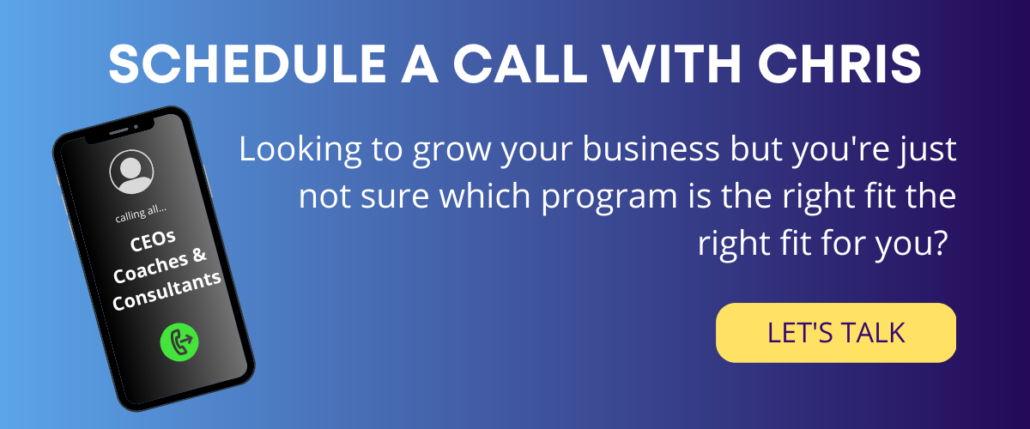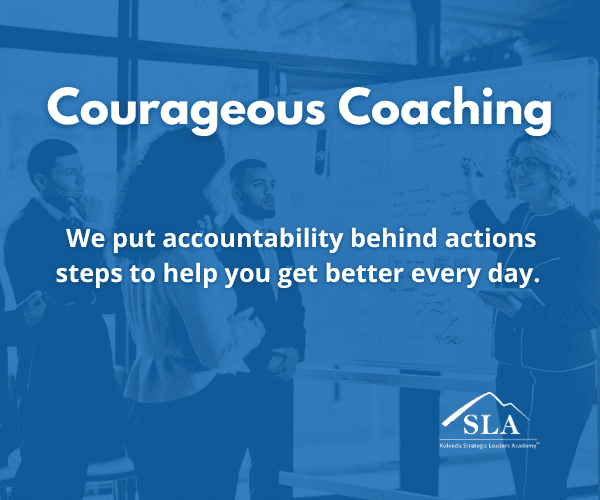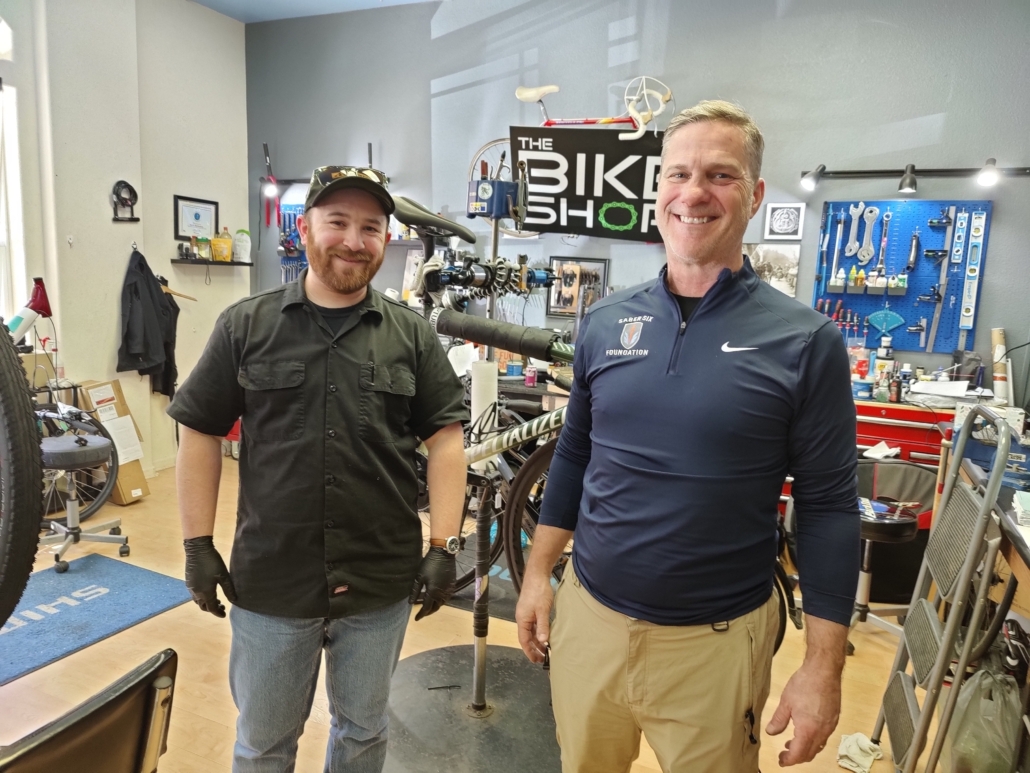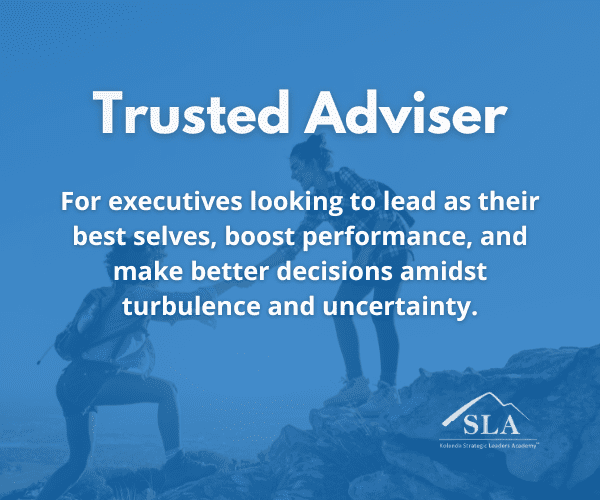McCarthy’s ouster shows that Americans can find common ground
Getting people to find common ground seems more challenging these days, given 24-hour cable news, social media outrage, and polarization.
These challenges can also enter the workplace, creating obstacles to buy-in, innovation, and change.
If you are experiencing similar frustrations getting people on board with new ideas, the recent U.S. House of Representatives drama can provide you with a productive way forward.
Eight angry Republicans united with the Progressive Caucus and the rest of the Congressional Democrats to oust Representative Kevin McCarthy from his role as Speaker of the House.
Although the parties involved rarely agree on anything and base their fundraising strategies on demonizing the other, they stood shoulder-to-shoulder to remove the Speaker.
Chaos brought them together.
The eight Republicans were appalled that McCarthy created a bi-partisan agreement to fund the government until mid-November. The Democrats view chaos across the aisle as a way to improve their 2024 electoral prospects in hopes they can regain the majority.
McCarthy, for his part, failed to create a goal more compelling to the Democrats, who were his only hope of retaining the Speakership.
He did not need to create a power-sharing agreement. Continued funding for Ukraine might have been enough to sway eight Democrats or more to keep McCarthy in the saddle.
Here’s what this episode means to you.
The key to gaining buy-in for change is to begin working from where people agree and working together on ways people believe they will be better off.
Your employees will not believe a lecture on why a certain change makes them better off; they have to come to that conclusion themselves.
Employees have strategies to thwart change. They can slow-roll implementation in hopes that the change comes off the rails. Telling you what you want to hear and doing what they want to do instead is another common approach. Sabotage works, too.
You need people’s active support if you want change to stick.
Here’s an approach you can use.
- Develop a goal that enjoys common ground
- Collaborate on options to achieve the goal
- Have your direct reports identify how they will be better and worse off in each option, and develop strategies to mitigate or offset the disadvantages
- Choose the option that best makes the people involved better off
The option might not be perfect in your eyes, or even optimal, but you will gain people’s active support and reduce or eliminate passive resistance.
If you are ready to gain greater buy-in and accountability, consider joining one of my programs or schedule a call with me to get started.


 Photo by Andrea Piacquadio from Pexels: https://www.pexels.com/photo/man-in-white-shirt-sitting-on-chair-3966781/
Photo by Andrea Piacquadio from Pexels: https://www.pexels.com/photo/man-in-white-shirt-sitting-on-chair-3966781/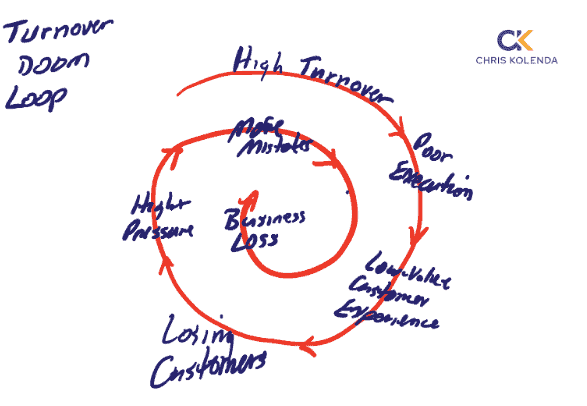
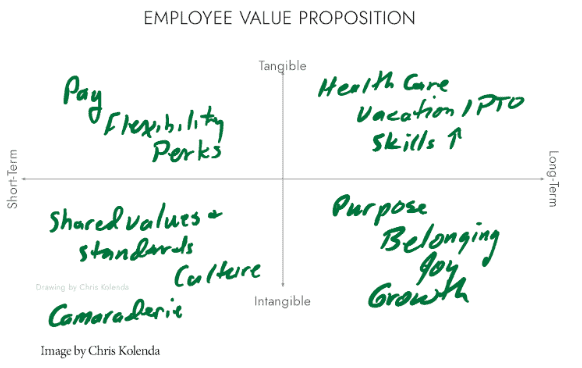
 https://www.pexels.com/photo/crop-unrecognizable-female-psychologist-and-patient-discussing-mental-problems-during-session-7176319/
https://www.pexels.com/photo/crop-unrecognizable-female-psychologist-and-patient-discussing-mental-problems-during-session-7176319/ Troubled Business Persons. Getty Images.
Troubled Business Persons. Getty Images. 

